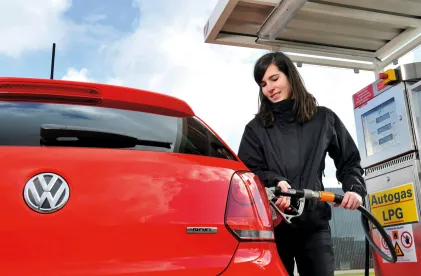While fans of electrifying rides got a boost from the box office this week, fans of electrified rides are living in exciting times as well.
Volkswagen has delivered two major pieces of news in this space. First, it announced that after dipping its toes in the waters of the electric vehicle market with its current e-Golf, it will be jumping in headlong, releasing four new affordable electric vehicle models in coming years, including a crossover, a midsize SUV, a hatchback, and a sedan. By 2020, Volkswagen is looking to release a new vehicle architecture underpinning these electric cars, with a target of one million sales of electric vehicles annually by 2025.
But how to convince Americans, living in the second largest automotive market in the world, to switch to electric vehicles? In the second piece of Volkswagen’s electric news, it announced that Electrify America, a Volkswagen subsidiary, will designate $300 million of its Dieselgate settlement to build electric chargers in 11 urban markets and on connecting highways across the United States. With range anxiety playing a role in limiting electric vehicles to short-range trips in the city, the development of a charger network spanning the United States may help ease electric vehicles into being the primary car for more and more households—especially if and when oil prices rebound from their current lows. This is especially true because, unlike Tesla’s Supercharger network, Volkswagen’s new chargers will be non-proprietary, meaning owners of non-Volkswagen electric vehicles will be able to use them. This should alleviate concerns that buyers of many brands of electric cars may have about spending thousands of dollars on a new car, only to fall on the wrong side of a Betamax/VHS charging divide.
So what does the market think about the future of electric vehicles? In another exciting sign for fans of electric cars, Tesla, the clear target when it comes to Volkswagen’s electric vehicle ambitions, surpassed both Ford and GM in market capitalization earlier this month. While this is pretty clearly a sign of future promise, rather than current fulfillment, it does show that investors are placing their bets on the continued electrification of the automotive market.



 />i
/>i


